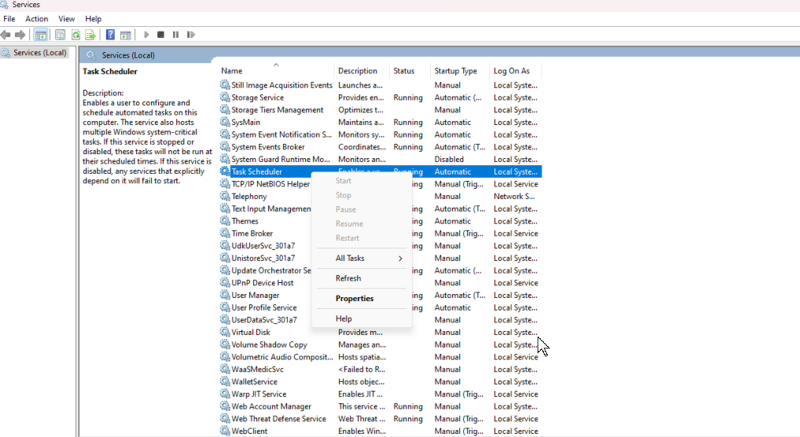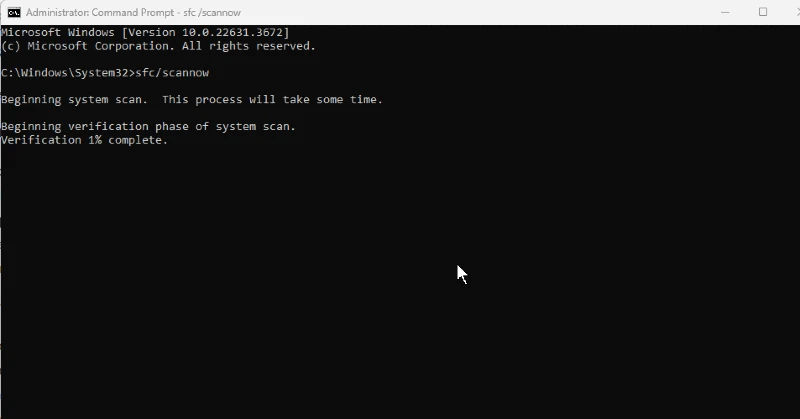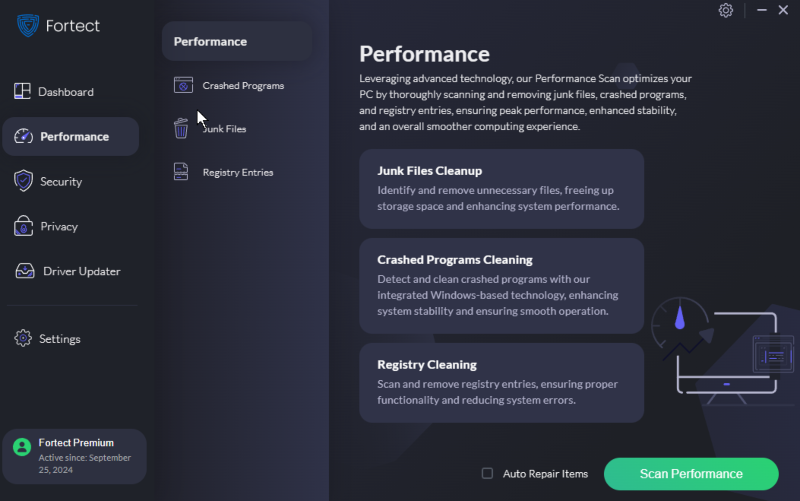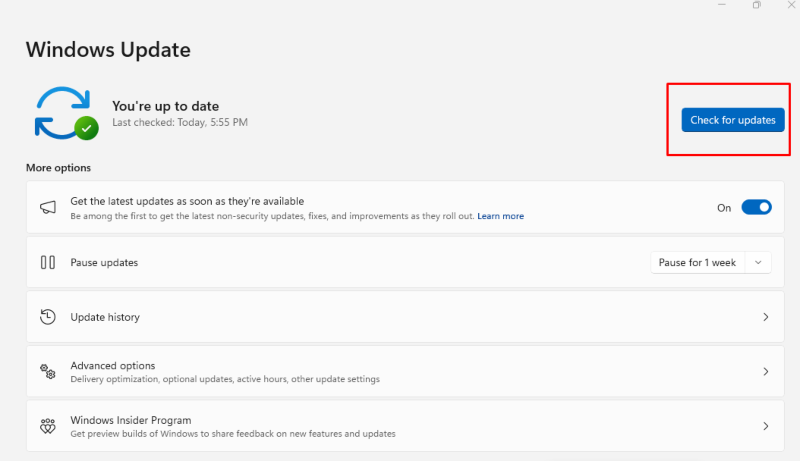Windows 10 Task Scheduler Not Running: 6 Ways to Fix
The Windows 10 Task Scheduler is a powerful tool for automating system tasks and processes. However, users may sometimes encounter issues with the Task Scheduler not running, preventing scheduled tasks from executing.
This can affect various system functions, including backups, updates, and maintenance tasks.
Common Reasons Why Windows 10 Task Scheduler Is Not Running
Several factors can prevent the Windows 10 Task Scheduler from running correctly. Here are some of the most common causes:
- Corrupted system files: If essential system files are damaged, Task Scheduler may fail to function correctly.
- Disabled Task Scheduler service: The service responsible for running scheduled tasks may be disabled, leading to issues.
- Task misconfiguration: Incorrect settings or parameters for a task can stop it from running as expected.
- Permission issues: Tasks may not run if the necessary user or system permissions are not granted.
- Outdated Windows version: Running an obsolete version of Windows 10 can result in Task Scheduler compatibility issues.
- Third-party software conflicts: Certain programs may interfere with the Task Scheduler, causing it to malfunction.
6 Ways to Fix Windows 10 Task Scheduler Not Running
If you’re having trouble with the Task Scheduler not running in Windows 10, here are some practical solutions you can try.
Restart the Task Scheduler Service
If the Task Scheduler service is disabled or not functioning correctly, restarting it can resolve the issue. This ensures that the service is active and can execute tasks on time.

Steps to Restart Task Scheduler Service:
- Press Windows + R type services. msc, and press Enter.
- Scroll down and locate Task Scheduler.
- Right-click on it and select Restart or Refresh.
Check Task Conditions and Settings
If configured correctly, a task may only run at the scheduled time. Verifying the task’s conditions and settings ensures it is set up to trigger as expected.
Steps to Check Task Settings:
- Open the Task Scheduler by searching for it in the Start menu.
- In the left panel, find and select the task that’s not running.
- Review the Triggers, Actions, and Conditions tabs to ensure everything is configured correctly.
Run System File Checker (SFC)
Corrupted system files can prevent Task Scheduler from running correctly. Running the System File Checker (SFC) will scan your system for damaged files and repair them to restore functionality.
Steps to Run SFC:

- Open Command Prompt as an administrator.
- Type sfc /scannow and press Enter.
- Wait for the scan to complete and follow any prompts to fix issues.
You can use a third-party PC repair tool like Fortect to automatically fix corrupted files that prevent the Windows 10 Task Scheduler from not running correctly.
Fortect Premium resolves registry issues replaces damaged system files with fresh copies and clears out unnecessary junk files. It scans your system to detect performance problems and corrupted files, particularly those affecting the Task Scheduler, and repairs them to restore your computer’s performance.

Download and install Fortect now.
Adjust User Permissions
Tasks might only run if they have the necessary permissions. Ensuring the tasks are configured with the correct user or system privileges can fix permission-related problems.
Steps to Adjust User Permissions:
- In the Task Scheduler, locate the task that isn’t running.
- Go to the General tab and ensure that Run is selected, whether the user is logged on or not.
- Enter the required credentials to provide administrative privileges if necessary for the task.
Update Windows 10
Outdated Windows versions can cause compatibility issues with system services like Task Scheduler. Keeping Windows updated ensures that the latest patches and improvements are applied, reducing the risk of functionality problems.

Steps to Update Windows 10:
- Press Windows + I to open Settings.
- Go to Update & Security > Windows Update.
- Click Check for updates and install any available updates.
Disable Conflicting Software
Third-party software may sometimes interfere with Task Scheduler, preventing tasks from running. Temporarily disabling or uninstalling conflicting programs can help identify if software is the root cause of the problem.
Steps to Disable Conflicting Software:
- Press Ctrl + Shift + Esc to open Task Manager.
- Under the Startup tab, turn off unnecessary programs by right-clicking on them and selecting Disable.
- Restart your system and check if Task Scheduler starts running again.
Conclusion
When the Task Scheduler on Windows 10 is not running, it can disrupt the automation of essential tasks. Understanding the common causes and applying the fixes in this guide can resolve the issue and ensure your scheduled tasks run smoothly.
Regular system maintenance and updates are crucial to preventing future problems with Task Scheduler and keeping your system running efficiently.




